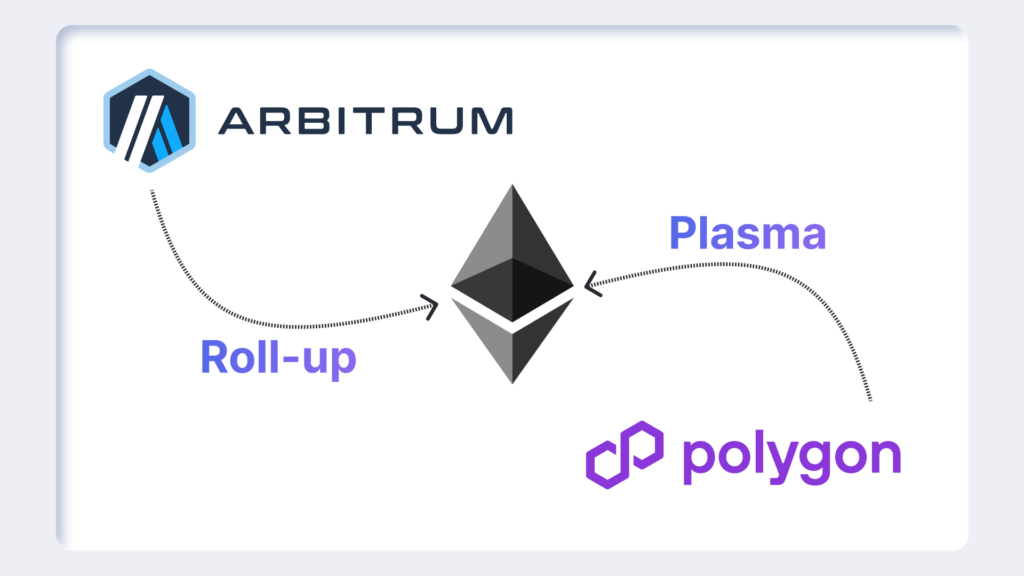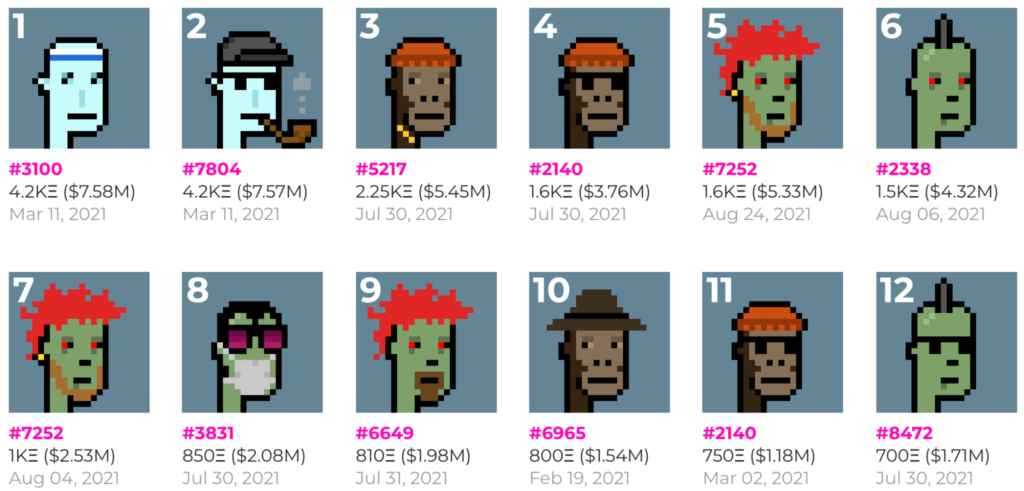The organization that funds and coordinates the second-largest blockchain just rewired its chain of command.
In a move designed to sharpen execution and restore the network’s competitive edge, the Ethereum Foundation announced on Apr. 28 that it has split its board of directors from day-to-day management. The board—anchored by co-founder Vitalik Buterin, Foundation president Aya Miyaguchi, Swiss counsel Patrick Storchenegger, and researcher-turned-director Hsiao-Wei Wang—will now function as a “security council,” guarding Ethereum’s long-term ethos of censorship resistance and permissionless innovation.
Two captains at the helm
Operational authority shifts to a freshly created management layer headed by co-executive directors Wang and Tomasz K. Stańczak. Wang, a protocol engineer who helped architect the Merge, will bridge board vision and engineering reality. Stańczak, founder of infrastructure powerhouse Nethermind, has been handed a two-year mandate to confront Ethereum’s most pressing bottlenecks while juggling his responsibilities at Nethermind and a forthcoming venture fund.
They will be flanked by strategy lead Bastian Aue, tasked with talent pipelines and internal processes, and Josh Stark, who will steer project delivery, communications and ecosystem marketing. The quartet inherits a tall order: accelerate Ethereum’s scaling roadmap, tame gas fees and heal a community increasingly impatient with rival chains’ growth spurts.
Why now?
Critics have argued that a diffusion of responsibility inside the Foundation contributed to delayed upgrades, tepid DeFi engagement and Ether’s market underperformance versus Bitcoin and Solana. Synthetix founder Kain Warwick famously lamented that the Foundation “doesn’t care” about DeFi. By erecting clearer lines of accountability—board as vision-setter, management as executor—Ethereum’s stewards hope to silence that narrative.
The Foundation says its 12-month priorities are unambiguous:
- Scale the layer-1: EIPs 9678 and 9698 propose lifting the gas limit, a direct throughput boost.
- Scale blobs on layer-2: Bigger, cheaper “blobspace” so rollups can settle massive volumes without clogging mainnet.
- Elevate user experience: From wallet onboarding to staking flows, the aim is to convert cryptic UX into mainstream-ready pathways.
Checks and balances
The board retains the power to fire the executive directors—an unusual but intentional safeguard. “We picked the leaders; we can also remove them,” Buterin wrote. The structure echoes corporate governance, yet the Foundation’s nonprofit status and open-source mission add a decidedly crypto twist: protect the protocol’s soul while acting with startup-level agility.
For a network that currently secures over $46 billion in total value locked yet faces scaling heat from Solana, Aptos and a fleet of application-specific chains, the success of this governance reboot could determine whether Ethereum remains the indispensable settlement layer of Web3 or becomes just another legacy giant ripe for disruption.
The next upgrade, Pectra—scheduled for May 2025—will be the first litmus test of the new regime. If it lands on time and delivers smoother, cheaper transactions, critics may concede that Ethereum’s heart and brain are once again beating in sync.
In the end, the Foundation’s message is clear: Vision without execution is hallucination; execution without vision is chaos. Ethereum intends to have both.


